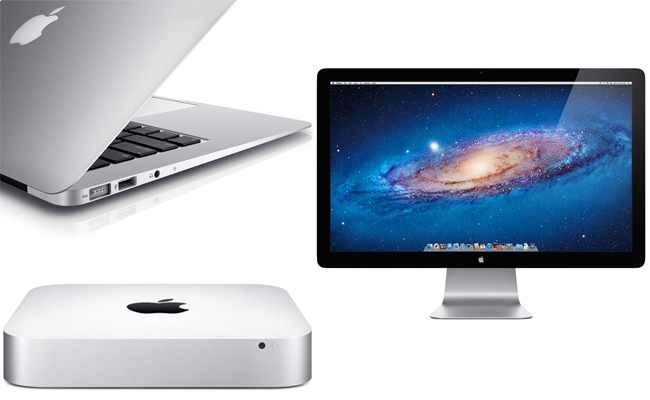
On Friday Amazon CEO Jeff Bezos introduced the e-tailer’s brand new e-Reader lineup: the $79 Kindle, the $99 Kindle Touch, and the Kindle Fire at $199.
The latest generation base Kindle is lighter, smaller, faster, and cheaper than ever. It features a new design that is 30 percent lighter than its predecessor at 5.98 ounces, 18 percent smaller, and it turns pages 10 percent faster. Its still got a 6-inch electronic ink display. The device has four buttons on its front: back, on-screen keyboard, menu, home, and a directional pad. On either side are buttons for page-turning. But there’s no physical keyboard and no touch. There’s a reason why it’s being sold at such a low price–this Kindle is the definition of bare bones. If all you need to do is read (and you don’t mind using a directional pad to navigate through menus) this is the e-Reader for you. The Kindle is available for purchase today.
An extra $20 will get you the Kindle Touch, a slightly upgraded version of the e-Reader that boasts a touch display. You won’t find any buttons or a physical keyboard on this bad boy; the user interface is solely based on touch. Like the base model, this Kindle is lighter and smaller than before and it has an “extra-long battery life.” The Kindle Touch (also available with 3G built-in for $149) is now available to preorder, and it releases November 21.
And finally there’s the Kindle Fire, what Amazon describes as a “new class of Kindle.” It’s a tablet, really. So I betcha want to hear specs? The 14.6 ounce Fire packs a 7-inch LCD multitouch display with IPS and Gorilla Glass strength, 1GHz TI OMAP dual-core processor, 512MB of RAM, and 8GB of storage. Does that number seem low to you? Worry not! Amazon promises you’ll never have to think about storage space since you can save virtually all of your content in the cloud via the Amazon Cloud storage that’s connected to your Amazon account. All Amazon digital content is automatically backed up for free. Movies, TV shows, music, magazines and newspapers, Android apps and games, and of course books can be purchased and downloaded right on the device. Though the Fire runs on Google’s OS, Amazon has tweaked Android so much that it’s totally unrecognizable. In other words, it’s an experience you’ll only get on this device. One feature users will be privy to is the Fire-exclusive web browser called “Amazon Silk.” The company describes it as a “split browser” architecture that makes for a faster web browsing experience. And just like its E-reader brethren, the tablet uses Amazon’s Whispersync technology to automatically sync your Kindle library, last page read, bookmarks, notes, and highlights across a variety of devices. The Kindle Fire will sell for a low $199 when it hits the market on November 15.
Inspect the devices in the galleries hanging above. Read through the beefy press release after the break. Continue reading Amazon unveils new e-Reader lineup: Kindle, Kindle Touch & Kindle Fire






























































